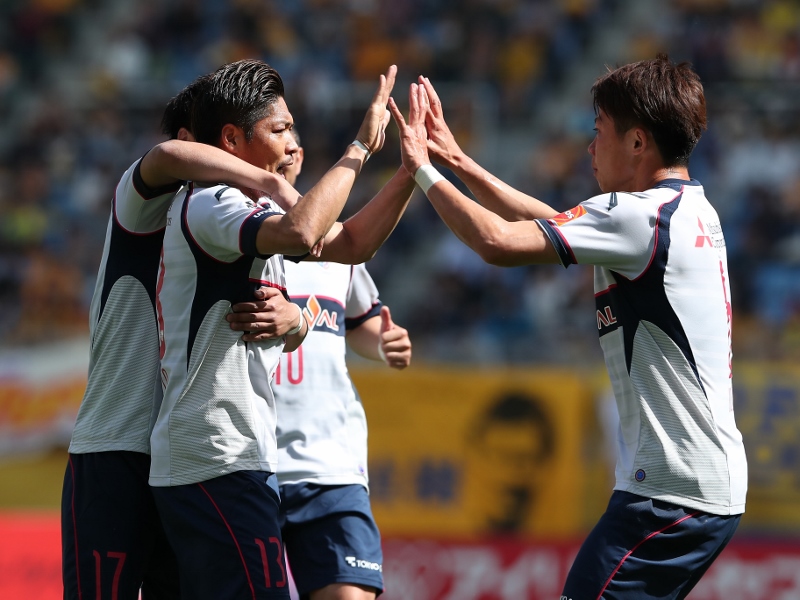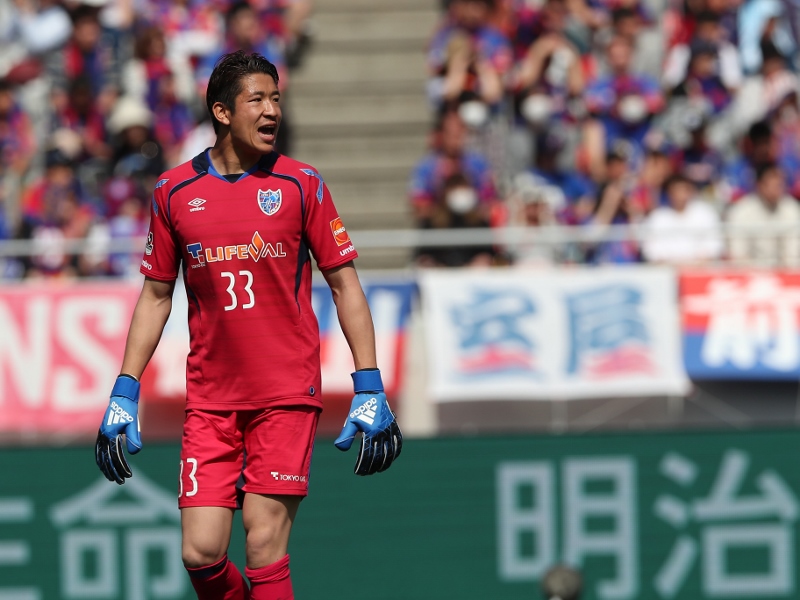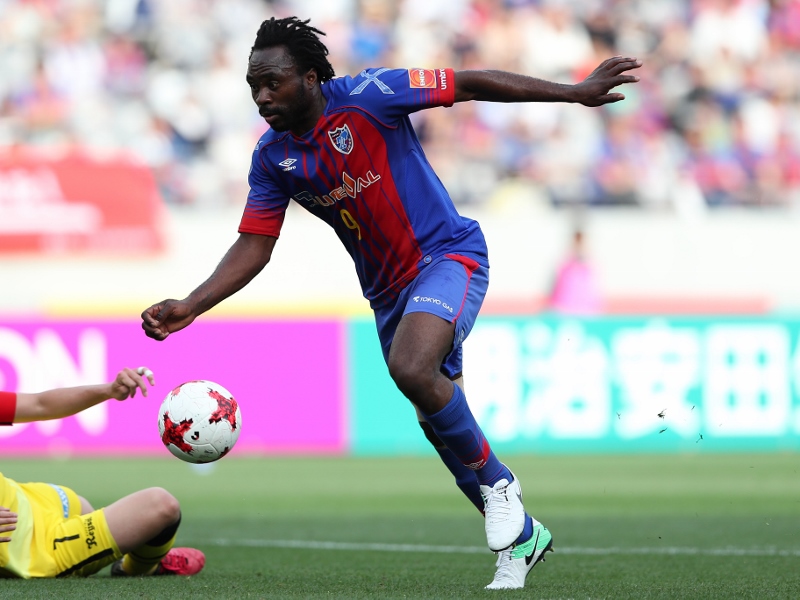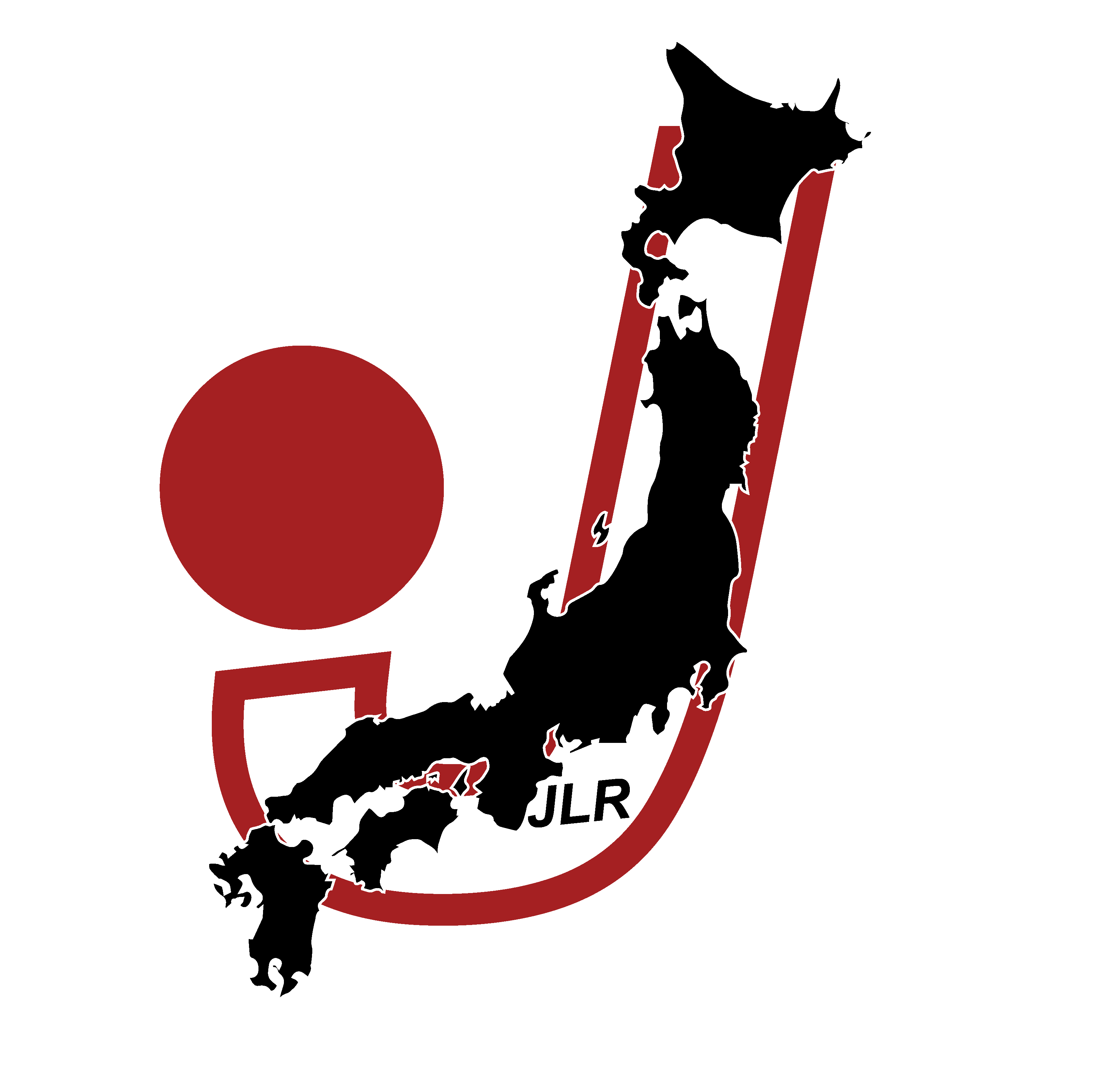The team that represents the Japanese capital in J1 had Sky Tree high designs for this season. With manager Yoshiyuki Shinoda installed on a permanent basis after a fine run to end last season, they opened the chequebook (does anyone actually use cheques anymore?) and spent relatively big. Yoshito Okubo from Kawasaki Frontale, Yojiro Takahagi from FC Seoul, Kensuke Nagai from relegated Nagoya Grampus all came in, while they brought former player Kosuke Ota back from a rather non-descript time over in Holland’s Eredivise. These players, allied to rising young stars Shoya Nakajima and Sei Muroya gave FC Tokyo supporters hope that this would the year they get it all together.

We asked FC Tokyo supporter Ben Maxwell – more commonly known as @JTalkPod or @OnTheGas depending on the type of knowledge he is dishing out – about the goings on at Ajinomoto Stadium. Here’s what he told us.
1. The winter was peppered with objectively good signings for FC Tokyo; Yoshito Okubo, Kosuke Ota, Yojiro Takahagi to name just three. But even though Tokyo are fourth (at time of writing) the team hasn’t quite gelled, has it? Or is that an unfair assertion to make?
No, it hasn’t, you’ve absolutely hit the nail on the head there, and this international break is a perfect time to reflect on that. While it would’ve been wishful thinking to expect all six big-name signings (the three you mentioned, plus Kensuke Nagai, Peter Utaka and Akihiro Hayashi) to gel with new teammates/fellow new arrivals right from the off, we now have a large enough sample size (14 games into the season) to expect a more consistent level of performance, especially going forward.
The highs have been decent and the defence generally sound (with a couple of horrific exceptions), but the lows have been dreadful (Sapporo away, for example) and I can’t point to a 90 minute display as a blueprint for how manager Yoshiyuki Shinoda wants us to play. Quite frankly, the fact that we are fourth says a lot more about the wonderfully unpredictable (glass half full) / generally middling-to-poor (half empty) state of J1 than it does about us. And what frustrates, in such an even season, is the nine points we’ve dropped from winning positions (the afore-mentioned loss at Sapporo, and all three of our draws, including the implosion from 3-1 up in the last two minutes at home against Tosu). Of course results like those happen to most clubs over the course of a season, but they are exactly the reason why this may end up as just another middle of the road season in which ‘That’s So Tokyo’ results are far too common. You might’ve been expecting me to be more positive considering where we sit on the table, but experienced watchers of The Gasmen have seen this all before.

For me Takahagi has clearly been the pick of the outfield recruits, but the problem for Shinoda has been finding him a reliable partner in central midfield. Yohei Kajiyama, Sotan Tanabe and Kento Hashimoto have all been tried there, but all three are very limited in certain aspects of their games – combine their best attributes and you’d have a heck of a player, individually they aren’t good enough to start for a club that (I hope) thinks of itself as a title contender. The solution will hopefully be Takuji Yonemoto, who is just returning to fitness after a year out recovering from (another) serious knee injury, and should hit the ground running, and running, and running as we know he can after the international break.
2. Tokyo were involved in a game of goalkeeper musical chairs, moving Shuichi Gonda (Tosu) and Yota Akimoto (Shonan) out and bringing in highly regarded Akihiro Hayashi in. How has he played thus far?
He’s been absolutely superb from the first whistle of the season opener away at Kashima, where he instantly won over any doubters with a brilliant save from Pedro Junior at 0-0 early in the second half of a game we went on to win 1-0. That was just the first of many examples of points he’s earned us, his late heroics in the away draw at Kobe another. His shot-stopping is the equal of Gonda in his prime, or perhaps even better, he commands his area just as well, and compared to Akimoto, well it’s night and day in both regards.

Most Tokyo supporters still feel a tinge of sadness when we see Gonda turning out for Tosu, as he was red and blue through and through, and playing at a very high level before he vanished due to personal issues in 2015, but on the other hand we’re glad that he has recovered to the point where he is back to being no.1 for a J1 side, and his return to Ajinomoto Stadium at the start of April was extremely emotional. We won’t forget Gonda’s contributions, but in Hayashi we have a top drawer J1 ‘keeper the club and supporters can have confidence in, and he gets my nod ahead of Takahagi as the best of our offseason signings.
3. On the face of it, the signing of Peter Utaka seemed a decent one given he scored 19 J.League goals last year. But so far in 2017 he has only started once, and has scored a solitary goal in his eight times on the pitch. What did you make of the signing, and are Okubo & Utaka too similar to play together from the start of games?
I was buzzing when we signed Utaka, because to me he seemed the final piece of the puzzle, and if any more proof was needed after Okubo et al came on board that the club was pushing all its chips in to the centre of the table and going for it, then his arrival was it. At first we knew we had to play a waiting game as he worked his way to fitness, but then after he started in a blaze of glory with a goal and two assists in the Levain Cup win over Sendai, and topped that on his league debut by scoring the second and laying-on the assist for Okubo’s redemption goal (after the kicking his shirt incident the week before) in the 3-0 Classico win, it seemed just a matter of time before he was starting week-in-week-out, only for Shinoda to persist with Ryoichi Maeda or Takuma Abe alongside or in front of Okubo.
I’m not buying the too-similar-to Okubo (who has been playing deeper, behind Maeda in recent games) theory, the only reasons I can think of why Maeda is preferred is that Shinoda thinks he’s better at holding the ball up and a better bet to get his head on Kosuke Ota’s crosses (still so often Plans A, B & C for us going forward), but in every other aspect of the game Utaka is clearly the superior player and we always look more dangerous when he is on the pitch. I’d like to think Utaka will start games coming out of the international break, but he’s already been with us three months, so the manager knows what he can do and what he brings to the table (that our chips are firmly in the centre of).

On Okubo, his return of almost one in two (six goals in 13 games) looks good on paper, but overall his performances have been underwhelming, to use an old J-Talk chestnut. I’d heard warnings from Kawasaki supporters that he had declined markedly last season, and his constant berating of teammates must grate on them at times when he demands standards from them he now often can’t match himself. While he certainly hasn’t fallen off a cliff, ala Hisato Sato, he often looks disengaged, but we hope that his brilliant brace at Shimizu in the last league game can be a real kickstarter to his Tokyo career. Tellingly, Utaka was involved in the buildup to both goals at Nihondaira.
4. Have you altered your expectations from the start of the season? What is the potential of this side?
I decided to go chips all in, too, after our transfer activity, picking us to win the league in Richy Palmer’s now annual #JPred twitter prediction game, purely on the rationale that if I didn’t do it then, I’d probably never have the chance again. Did I honestly think we’d do it? Not really, as we don’t have a culture that comes to expect a top four finish, and we’ve never been in the title race at the end of a top flight season, but the fact that we’re fourth after 14 games obviously means that it remains a possibility.
And though large portions of this piece have more than likely come off as negative/pessimistic, there is still a lot of potential in the 2017 incarnation of FC Tokyo, depending on Mr. Shinoda’s approach, and for me, it hinges on the trust he has in three players: Utaka, Yonemoto and the previously unmentioned Shoya Nakajima, who ended the 2016 season entrenched in the side but has started just four league games this season. His burst of pace, and creativity cutting in from the left adds so much to Tokyo’s attack, but is so notable when it’s missing. The club demonstrated it was all in in the transfer market, Shinoda needs to take the handbrake off, get his best XI on the pitch, and follow suit.
- player photos from FC Tokyo website

One thought on “State of the J: FC Tokyo”